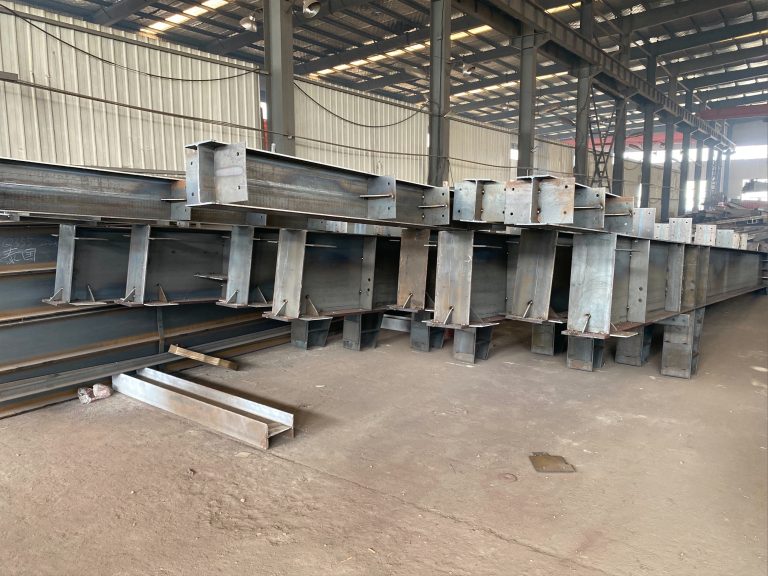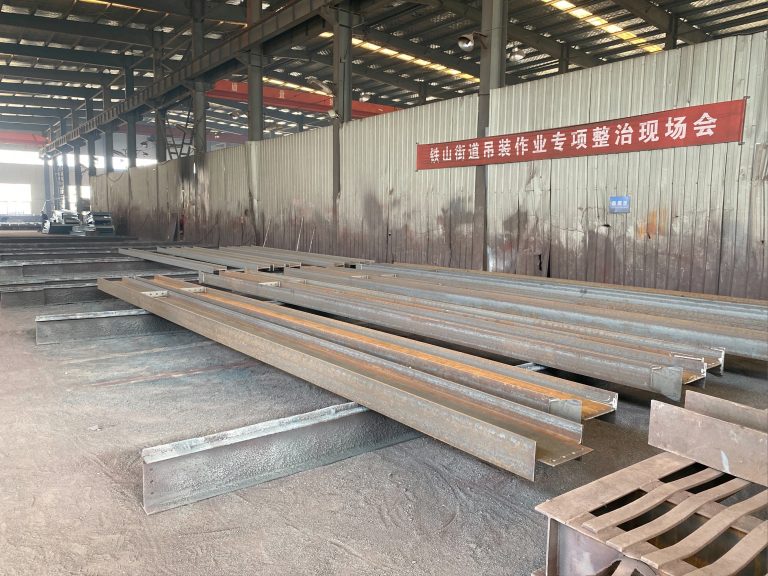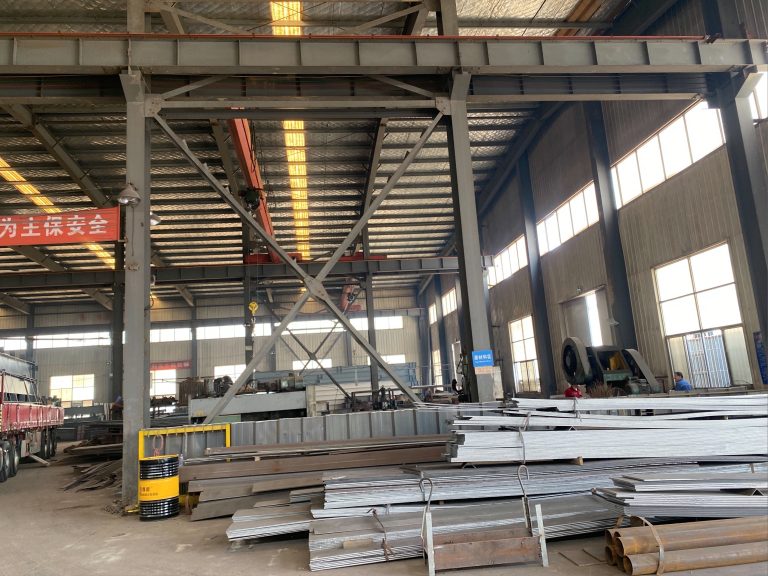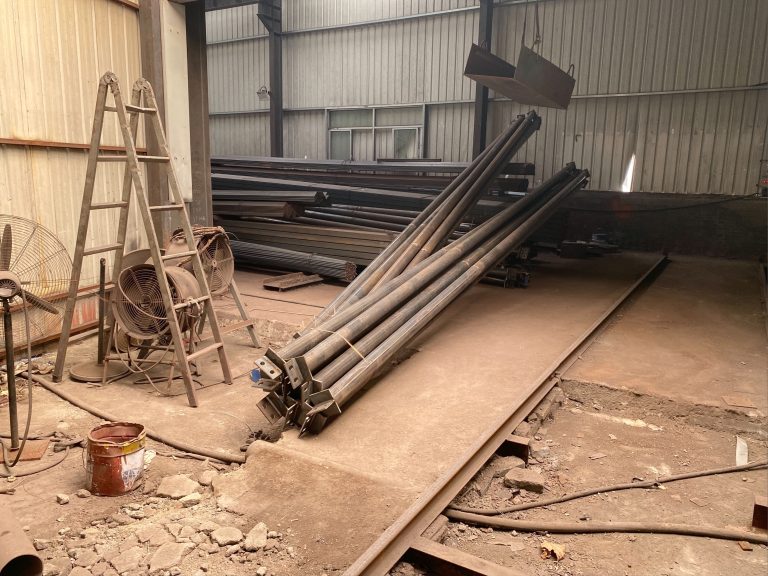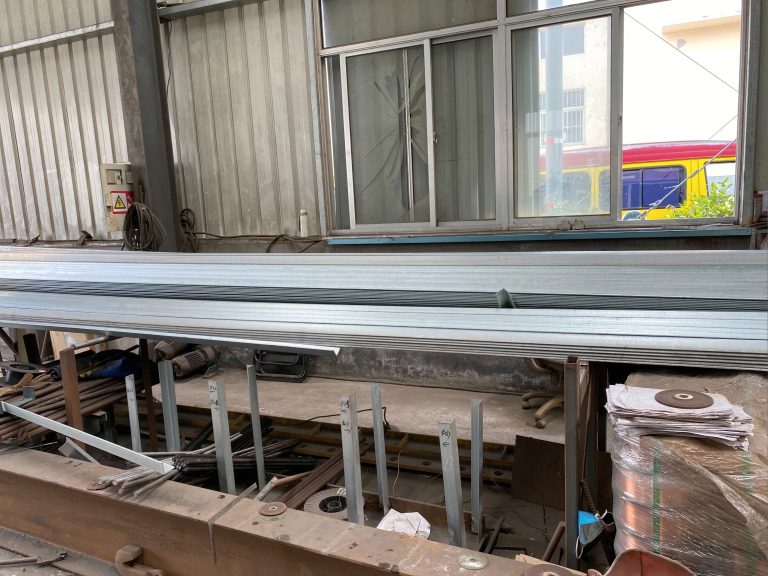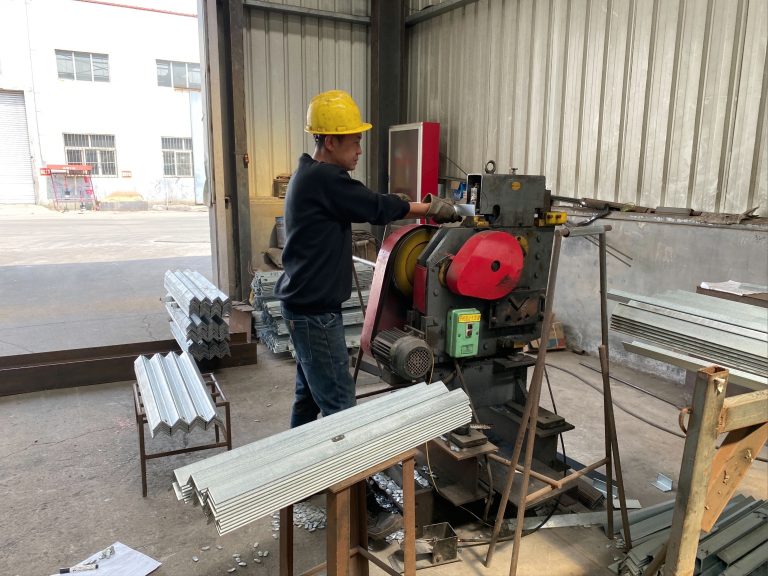Steel in renewable energy projects.
Inhoudsopgave
Benefits of Using Steel in Wind Turbines
Steel has long been a staple material in the construction industry due to its strength, durability, and versatility. In recent years, steel has also become a crucial component in renewable energy projects, particularly in the construction of wind turbines. The use of steel in wind turbines offers a wide range of benefits that make it an ideal material for this application.
One of the primary advantages of using steel in wind turbines is its strength-to-weight ratio. Steel is known for its high tensile strength, which allows it to withstand the extreme forces and loads that wind turbines are subjected to. This strength is essential for ensuring the structural integrity and stability of the turbine, especially in harsh weather conditions. Additionally, steel’s lightweight nature makes it easier to transport and install, reducing overall construction costs and time.
Another key benefit of using steel in wind turbines is its durability and longevity. Steel is highly resistant to corrosion, which is crucial for wind turbines that are exposed to the elements year-round. This resistance to corrosion helps extend the lifespan of the turbine, reducing maintenance and replacement costs over time. Additionally, steel is a recyclable material, making it a sustainable choice for renewable energy projects.
In addition to its strength and durability, steel offers flexibility in design and construction. Wind turbines come in various sizes and configurations, and steel can be easily customized to meet the specific requirements of each project. Whether it’s a small onshore turbine or a large offshore installation, steel can be shaped and fabricated to fit the unique needs of the site and maximize energy production.
Furthermore, steel is a cost-effective material for wind turbine construction. Its abundance and widespread availability make it a more affordable option compared to other materials. Additionally, steel’s long lifespan and low maintenance requirements help reduce overall operating costs, making it a financially viable choice for renewable energy projects.
The use of steel in wind turbines also contributes to the overall efficiency and performance of the turbine. Steel components, such as the tower and blades, are designed to optimize aerodynamics and energy capture, maximizing the turbine’s output. This increased efficiency translates to higher energy production and a quicker return on investment for developers and operators.
Overall, the benefits of using steel in wind turbines make it an essential material for the renewable energy industry. Its strength, durability, flexibility, and cost-effectiveness make it a reliable choice for constructing efficient and reliable wind turbines that can help meet the growing demand for clean energy. As the renewable energy sector continues to expand, steel will play a crucial role in powering a more sustainable future.
Steel’s Role in Solar Panel Mounting Structures
Steel plays a crucial role in the development and implementation of renewable energy projects, particularly in the construction of solar panel mounting structures. These structures are essential for supporting solar panels and ensuring they are positioned optimally to capture sunlight and generate electricity efficiently. Steel is the material of choice for these mounting structures due to its strength, durability, and versatility.
One of the key advantages of using steel in solar panel mounting structures is its strength-to-weight ratio. Steel is a highly durable material that can withstand the elements and provide long-lasting support for solar panels. This strength is essential for ensuring the stability and safety of the mounting structures, especially in areas prone to high winds or extreme weather conditions.
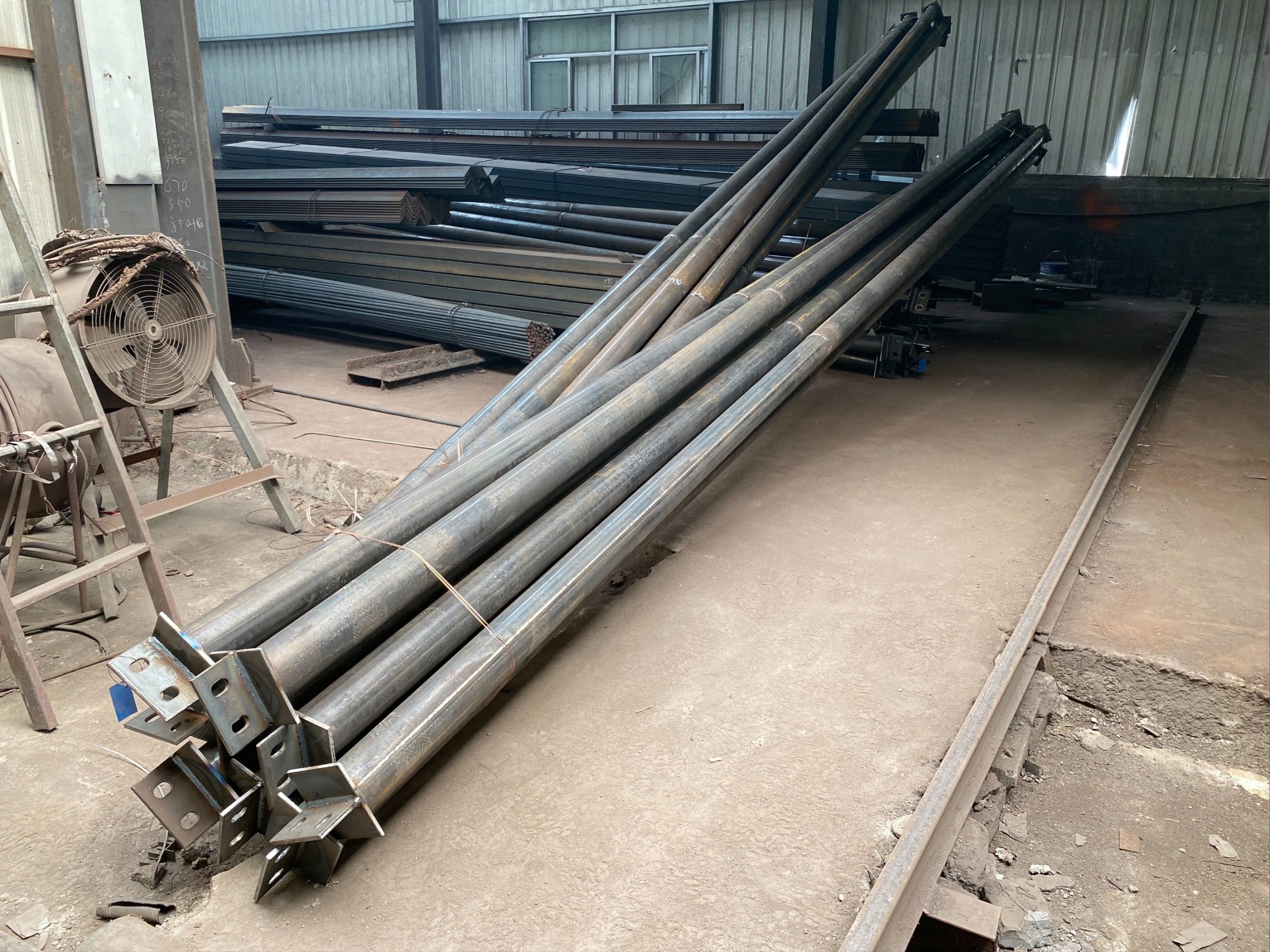
In addition to its strength, steel is also a versatile material that can be easily customized to meet the specific requirements of different solar panel installations. Steel can be shaped, welded, and fabricated into various designs and configurations to accommodate different types of solar panels and mounting locations. This flexibility allows for the efficient and cost-effective installation of solar panels in a wide range of environments.
Furthermore, steel is a sustainable material that can be recycled and reused, making it an environmentally friendly choice for renewable energy projects. By using steel in solar panel mounting structures, project developers can reduce their environmental impact and contribute to the overall sustainability of the project.
The use of steel in solar panel mounting structures also helps to streamline the installation process and reduce overall project costs. Steel is a readily available material that can be easily sourced and transported to project sites, making it a cost-effective option for solar panel installations. Additionally, the durability and longevity of steel structures mean that they require minimal maintenance and upkeep, further reducing operational costs over the lifetime of the project.
Overall, steel plays a critical role in the success of renewable energy projects, particularly in the construction of solar panel mounting structures. Its strength, durability, versatility, and sustainability make it an ideal material for supporting solar panels and maximizing their energy generation potential. By choosing steel for solar panel mounting structures, project developers can ensure the long-term success and viability of their renewable energy projects.
In conclusion, steel is a key component in the development and implementation of renewable energy projects, particularly in the construction of solar panel mounting structures. Its strength, durability, versatility, and sustainability make it an ideal material for supporting solar panels and maximizing their energy generation potential. By utilizing steel in solar panel mounting structures, project developers can ensure the stability, efficiency, and cost-effectiveness of their renewable energy projects. Steel’s role in renewable energy projects is essential for driving the transition to a more sustainable and environmentally friendly energy future.

